At Leonardo’s radar development site in Edinburgh, engineers are working on the next major upgrade for the Royal Air Force’s Typhoon fighter. The aim is to ensure the aircraft remains operationally relevant in increasingly contested airspace.
At the heart of this effort is the ECRS Mk2, an active electronically scanned array (AESA) radar designed to provide both traditional sensing and modern electronic warfare capabilities. It can detect and track air and ground targets while also conducting electronic attack missions—functions typically reserved for dedicated platforms.
During a recent visit to the facility, we were given access to the radar’s development and testing areas. Dave Shaw, Vice President of Sales for Radar and Advanced Targeting Systems, and Iain Scott, Vice President of Capability and Chief Technology Officer, spoke about the system’s progress and strategic value.
Watch my report on this below.
The ECRS Mk2 represents a step-change in how the Typhoon can be used in future operations.
Dave Shaw described the radar as a significant leap forward:
“It’s fair to say, it’s a step change in capability. It’s everything we’ve taken from the world of fire control radars and developed further. It’s going to be probably the world-leading airborne radar controlled by the UK at the end of the decade.”
Leonardo’s radar facility in Edinburgh has been closely associated with Typhoon radar development for many years. From the early Captor-M to the latest E-Scan projects, the site has remained a hub for European airborne radar innovation.
“When you think Edinburgh, you think Typhoon radar,” Shaw noted. “Yes, we support the frontline squadrons with Captor-M through our CS3 line, but really the bulk of what we do here is ECRS. And now we are in the process of starting production of ECRS Mk2.”
The Captor-M radar, a mechanically scanned system, was among the most advanced of its time. However, threats have evolved, and the ECRS Mk2 aims to address the modern battlespace’s demands for speed, stealth, and electromagnetic dominance.
The European Common Radar System (ECRS) Mk2 represents a significant advancement over its predecessors, combining multi-role capabilities with robust electronic warfare and attack functions. Unlike traditional radars focused mainly on tracking, ECRS Mk2 integrates surveillance, electronic warfare, and attack into a single system, enhancing the Typhoon’s versatility in combat.
One key advantage is the system’s use of AESA technology, which allows the radar to perform multiple functions simultaneously without physical movement of the antenna. This provides faster response times, greater detection accuracy, and improved reliability.
Modern military radars have evolved significantly, with AESA systems increasingly replacing traditional mechanically scanned radars. The key difference lies in how they direct radar beams. Mechanically scanned radars use physical movement to steer the beam, limiting speed and flexibility. In contrast, AESA radars steer beams electronically, allowing for near-instantaneous tracking of multiple targets, enhanced reliability, and greater resistance to jamming.
Iain Scott elaborated on the radar’s broad capabilities: “The ECRS Mk2 is what we would call a multifunction system. It’s doing radar and EW. It’s got a big aperture at the front. It’s very, very wideband — it will be the most wideband in terms of RF frequencies that will operate over in the world, much wider than any US system.”
This wide frequency coverage enables Typhoon pilots to monitor a broad section of the electromagnetic spectrum, identifying threats without actively emitting signals that could reveal their position. The system’s ability to detect signals passively is critical in high-threat environments where stealth is essential.
The journey
The development journey of the ECRS Mk2 radar, central to enhancing the Royal Air Force’s Typhoon fleet, began with initial conceptual studies in 2018. These early efforts focused on integrating AESA capabilities into the Eurofighter Typhoon, setting the foundation for a sophisticated radar system. In 2019, Leonardo UK was officially awarded the contract to develop the ECRS Mk2, aiming specifically to boost the Typhoon’s multi-domain operational capabilities.
Throughout 2020 and 2021, the programme entered a detailed design phase, during which Leonardo incorporated advanced Gallium Nitride (GaN) technology into the radar. GaN provides significantly greater power and efficiency compared to previous Gallium Arsenide-based systems. By 2021, Leonardo successfully completed critical subsystem tests, including transmit-receive modules (TRMs) and digital beamforming algorithms, validating key elements of the radar’s innovative design.
A significant milestone was achieved in April 2023 when Leonardo delivered the first ECRS Mk2 prototype to BAE Systems at Warton, where it was integrated onto a test Typhoon aircraft. The radar successfully passed its Critical Design Review (CDR) in June 2024, confirming its readiness for rigorous flight testing. September 2024 marked the radar’s inaugural flight trial, demonstrating impressive capabilities such as simultaneous target tracking and electronic attack.
Currently, throughout 2025, the radar is undergoing ongoing optimisation based on flight trial data, focusing on integrating advanced operational modes, including Synthetic Aperture Radar (SAR) and Ground Moving Target Indication (GMTI). With Initial Operating Capability (IOC) expected by 2030, the ECRS Mk2 radar will significantly enhance the RAF’s frontline Typhoon squadrons, solidifying their position as a dominant air superiority platform.
A capability upgrade
ECRS Mk2 also significantly enhances Typhoon’s electronic attack capability. Traditionally, electronic attack has been the domain of specialised platforms, but the new radar equips Typhoon with the means to jam and suppress enemy air defence systems independently. Scott explained:
“When you bring that full high-power aperture that’s wideband, you’ve got an incredibly potent electronic attack capability. You’re jamming very, very high power RF into threat systems.”
This capability is particularly relevant for Suppression of Enemy Air Defences (SEAD) missions, where Typhoons may face sophisticated surface-to-air missile batteries. The ECRS Mk2’s electronic attack feature enables the aircraft to neutralise such threats, reducing the need for dedicated jamming aircraft.
Leonardo’s development approach for ECRS Mk2 involves agile and modular methodologies, allowing the system to evolve as new threats emerge. An engineer at the Edinburgh site described the approach: “It’s much more spiral development. We’ll get a baseline system up and running — basic radar functions — and then progressively build in the fancy techniques, electronic attack capabilities, and additional functionality.”
Testing
Testing is conducted at Leonardo’s Radar Integration Laboratory, which replicates the Typhoon’s avionics and radar installations in a highly controlled environment. This setup allows engineers to validate the radar’s performance while ensuring safety. “Everything here is set up to drive the radar exactly as it will be driven in the aircraft — every command, every signal is identical,” the engineer explained.
To maintain secure testing for sensitive electronic warfare capabilities, the lab uses advanced simulation tools to model combat scenarios. This allows the radar to be assessed without risking electromagnetic leakage, preserving operational security.
“We can script up scenarios — jets flying at different speeds, different threat radars lighting up — and feed that into the system,” I was told.
ECRS Mk2’s data handling requirements are substantial, given its ability to gather and process large volumes of electromagnetic information. Managing this data securely and efficiently is essential for operational success, and Leonardo is working with the RAF to develop effective data management solutions.
The radar’s development is progressing through phased testing, with the first flight of a Typhoon fitted with ECRS Mk2 already completed. This iterative approach ensures that early capabilities are proven in realistic conditions before more complex functions are introduced.
Final thoughts
Billed as one of the most advanced combat radars in the world, the ECRS Mk2 represents more than just a generational technology upgrade. It signals a broader change in how multirole fighters like the Typhoon are expected to operate in an increasingly complex threat environment. By combining traditional radar functions with advanced electronic warfare capabilities, the system brings both situational awareness and electronic attack into a single, integrated package.
Unlike earlier systems, the ECRS Mk2 allows the Typhoon not only to observe the battlespace but also to influence it. Its wideband electronic attack features give it the ability to jam and disrupt enemy radars, a function that was previously limited to specialised electronic warfare aircraft. This new capability transforms the way the RAF can deploy the Typhoon, increasing the aircraft’s autonomy, flexibility, and survivability in contested airspace.
This development is not simply a matter of improved performance. It also reflects a growing need to remain operationally relevant. With modern air combat shaped by fast-moving threats and complex electromagnetic environments, the ability to detect, analyse, and respond to data in real time has become essential. The ECRS Mk2 rises to that challenge by delivering a sensor suite that can manage high volumes of information while simultaneously engaging threats, giving pilots a critical advantage.
Although the radar is still undergoing phased testing and flight trials are already in progress, its architecture is already demonstrating the multi-domain flexibility that modern air forces increasingly demand. The Typhoon’s continued effectiveness as a frontline fighter will depend on its ability to adapt to new roles and missions. If the ECRS Mk2 performs as expected, it will not only support that adaptation but turn it into a strategic asset.
As the RAF prepares for Initial Operating Capability later in the decade, the ECRS Mk2 is expected to do more than simply upgrade an existing platform. It is likely to redefine the Typhoon’s role entirely. In doing so, it sets a new benchmark for multifunction radar systems and strengthens the UK’s position as a leader in airborne electronic warfare.
You can find out more about my visit to Leonardo UK in Edinburgh by watching the following video.


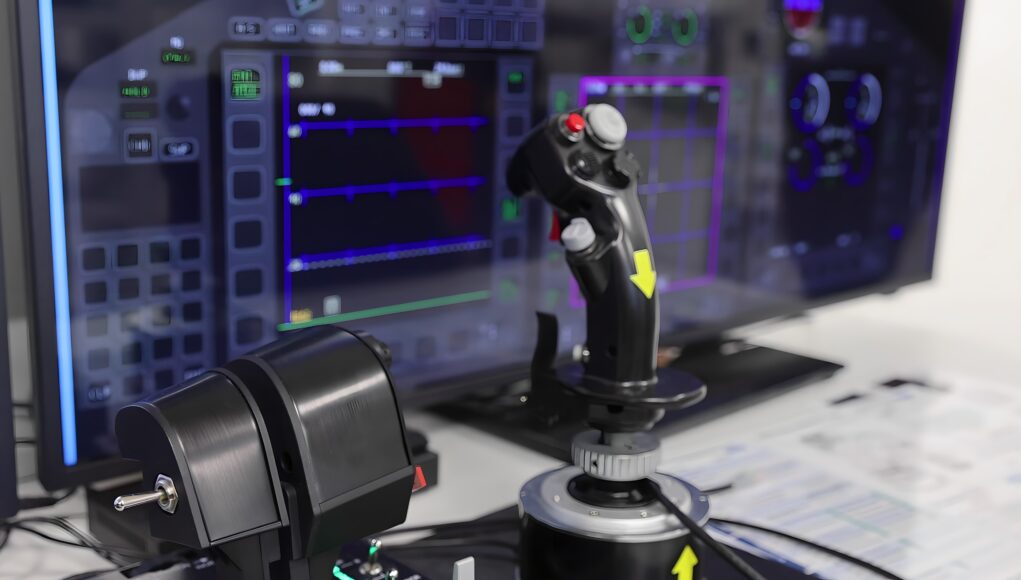

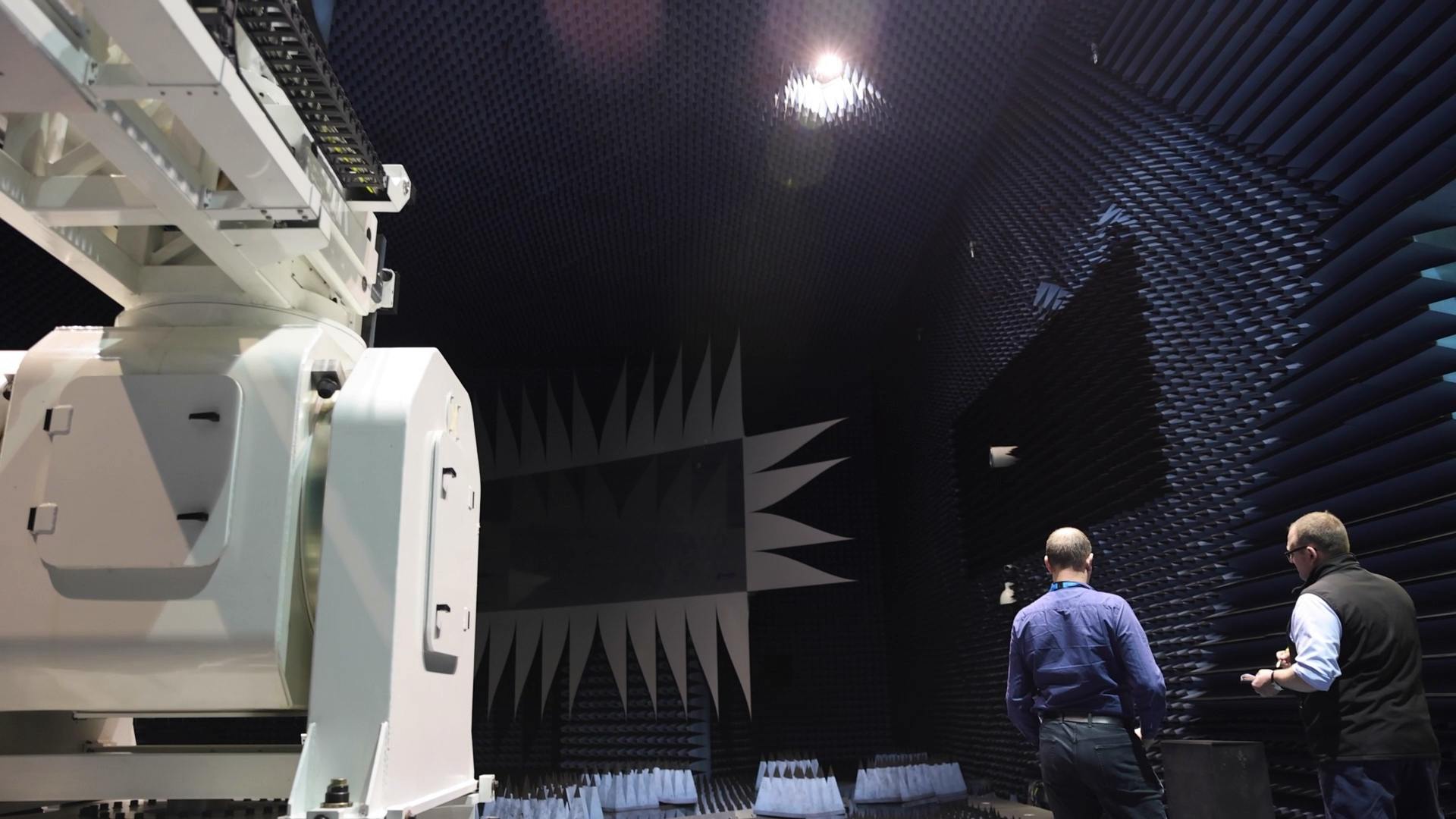
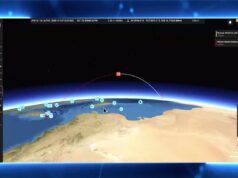
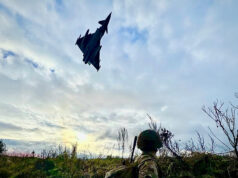
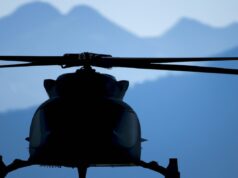
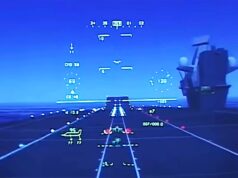
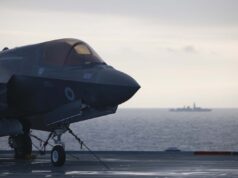
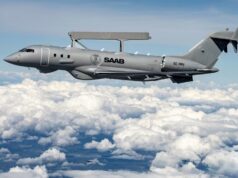
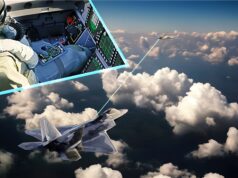
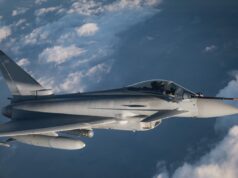
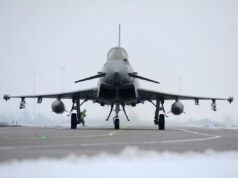
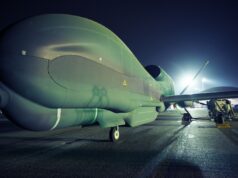

Maybe we should give this to Mauritius too.
Its because of this type of capability, and the F35s APG-81 technology that allows our fast jets to achieve far more than their predecessor in service with fewer airframe numbers. We need more numbers. But it’s the deployable capability that gives us the edge.
Presumably a spiral evolution of ECRS Mk2 will become the baseline radar for GCAP/Tempest? The Italians and Japanese will appreciate the upgrade.
How many aircraft will be equipped with this? Is it just to be a retrofit to existing airframes or are new aircraft still being delivered to the front line squadrons?
40 will be retrofitted
Entering service now in the 2030’s about the same time Typhoon is leaving service.
Five years does seem rather a long time given it is already running in a Typhoon. Presumably due to the extensive hardware upgrades and the desire to deliver batches rather than ones and twos for operational reasons.
Well if I have the time line right and if it does get into service by 2030 that’s at least 5 years before Tempest even starts to come into service (if the optimistic timeline can be met) and one presumes be in service on Typhoons for most or all of that decade and maybe a lot longer especially if new Typhoon airframes are acquired.
If you look at the realistic timelines of how long it takes to raise front line squadrons.. realistically the last typhoon squadron will not disband until the late 2040s.
The Tranche 3’s which are being fitted with this will be around to at least 2050. It took 16 years to deiver typhoon 2003-2016 , even if the first Tempest arrived 2035 you’re probably talking first operational squadron 2040 , final delivery 2050s.
Exactly
I don’t know what they consider IOC, but assuming that’s a baseline capability on all 40 airframes that will receive this radar. They’ll have to complete the testing they’re doing now, get the stamp of approval, go into manufacture (again, assuming that there aren’t any further stages of testing) and manufacture 40 of one of the most advanced radars in the world, with sufficient spares, and train up 40 airframes’ worth of maintainers and pilots to operate and maintain them, all in 4.5 years.
Given that an Aster missile takes 18 months manufacture, and a GBAD radar can take similar timescales, I think that’s actually a pretty tight timeframe… Could it be done quicker? Maybe bits of it could, but probably not with the manufacturing capacity and training pipelines we have. Of course, the question is, should we not be improving those?! (Yes, the answer is yes)
Fitting it to Typhoons a few years before the end of their service lives could be a great way of battle testing it and ironing out th ekinks before integrating it with tempest.
There’s something wrong with the edit of the video. It has a few parts looped.
TBH that’s something I’ve seen in the text articles as well, so I’m a bit confused.
Love the Thrustmaster Warthog HOTAS showing in the first picture. I got one of them for my flight sim setup.
Essentially with this the typhoon will be a 4.8 generation fighter, only missing the low observability element of a 5th generation fighter.
I hadn’t really considered it till reading this article, but to what extent do capabilities of this nature in confusing and defeating enemy radar including ‘air defence radars’ and missile guidance systems, while fundamentally not effecting the aircraft’s own offensive efforts, compete with stealth as a competitive qualitative asset while operating in contested airspace?
I suspect that the delay is due to the integration with the aircraft EW system, not the radar itself, especially as the EW system will probably be significantly upgraded to match the radar abilities.
I also presume that the new displays will be done at the same time, who knows, a year for each aircraft?
Same old story (sadly). World-beating technology taking such an enormous period of time to reach IOC that it’s been superceded by systems our adversaries have built by stealing the IP. We all know that 2030 will slip to 2035 or later and that Tempest will likely go into service with lumps of concrete in the nose. This should be an emergency operational requirement given the circumstances, but instead everthing once more moves at such glacial pace.